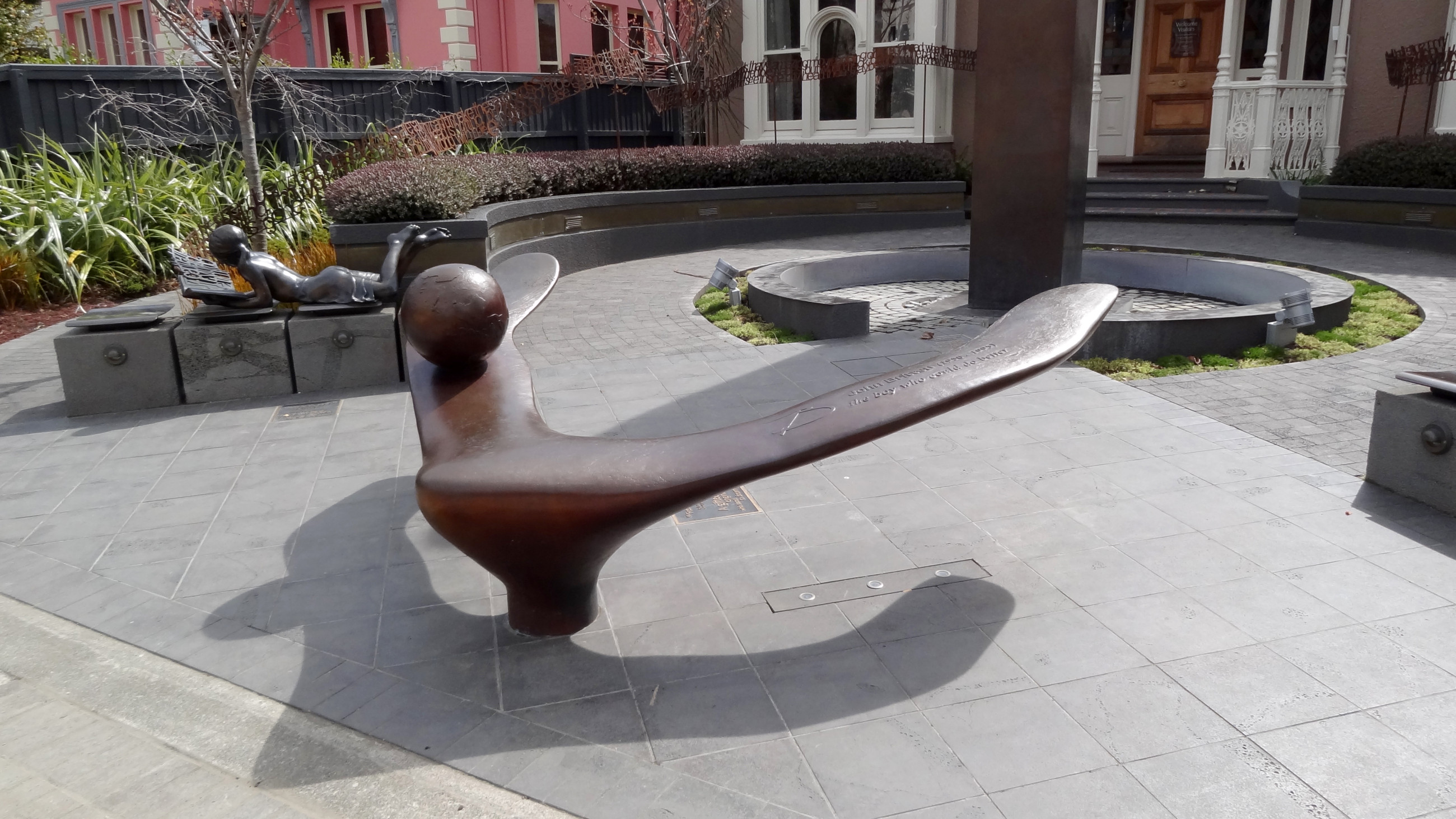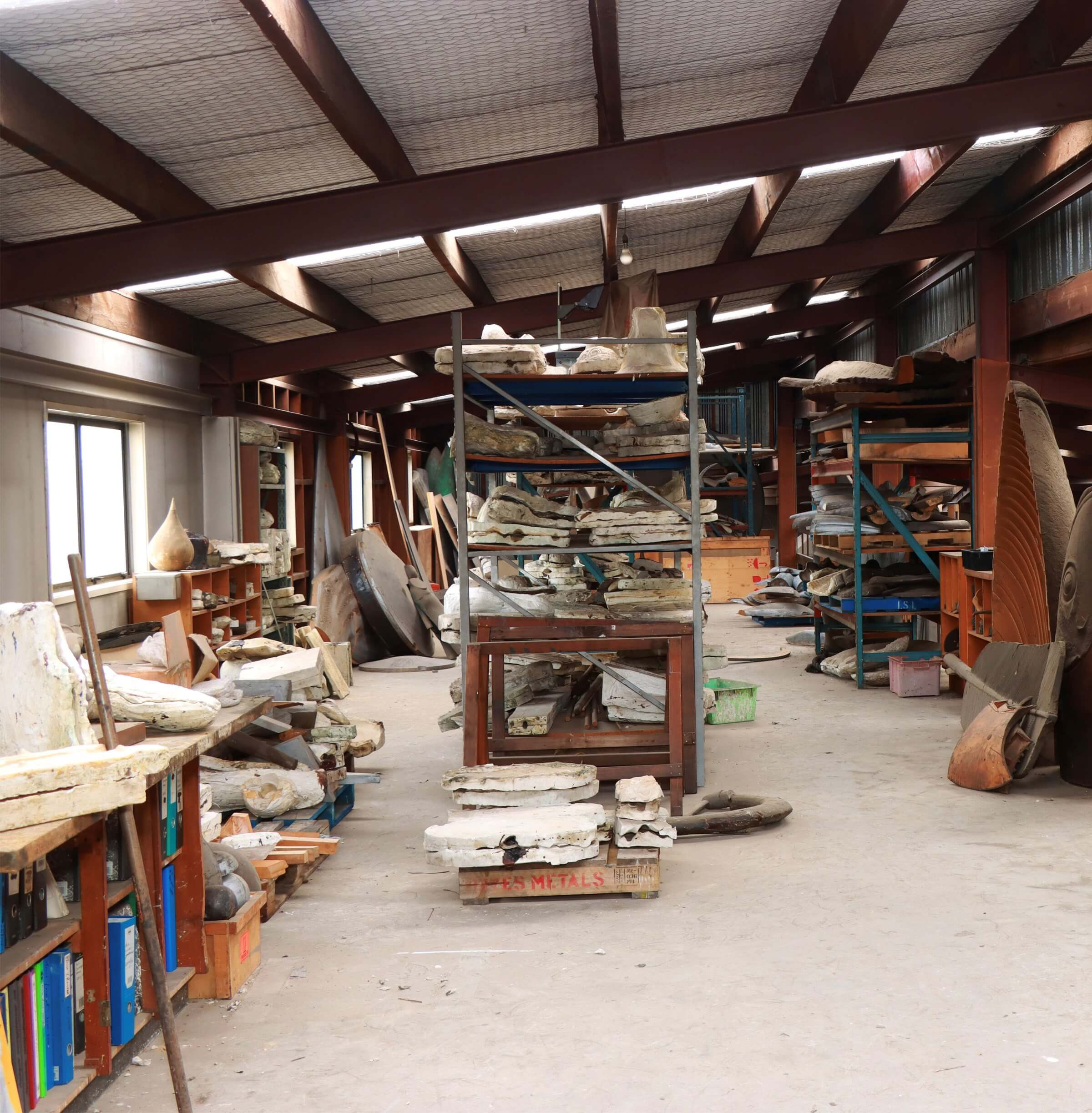Visit Sculptures In Canterbury
Visit Sculptures In CanterburyThe Sleepwalker, 2008
Location: inside The Crossing, 166 Cashel Street, Christchurch
The Sleepwalker was originally part of an exhibition at Gow Langsford Gallery in 2008 titled “Paradise”. The exhibition examined New Zealand’s creation myths and legends of the demigod Māui.
The figure in the artwork is based loosely on Māui, making the leap into the unknown as in his quest for immortality. He has a placid expression and a lackadaisical stride, giving rise to the title. By intention, the profile also resembles the portraits of Māori sketched by Sydney Parkinson on Captain James Cook’s first voyage to New Zealand.
This was one of the first sculptures in which Dibble began using Corten steel as a component. Here it has been prefabricated into two architectural upright structures that function as an entranceway. The rust red coating of the Corten and the sharp angles of the uprights contrast with the sensuous, modelled figure with its expressive splashes of patina.
The sculpture was initially purchased for a domestic garden on the clifftop of Sumner, a seaside suburb in Christchurch. The 2011 Christchurch earthquake caused a massive subsidence, and for several years the sculpture was stranded at the bottom of a pile of rubble. But, as part of the Christchurch rebuild, the work was eventually retrieved, and re-sited in the inner city at “The Crossing”.
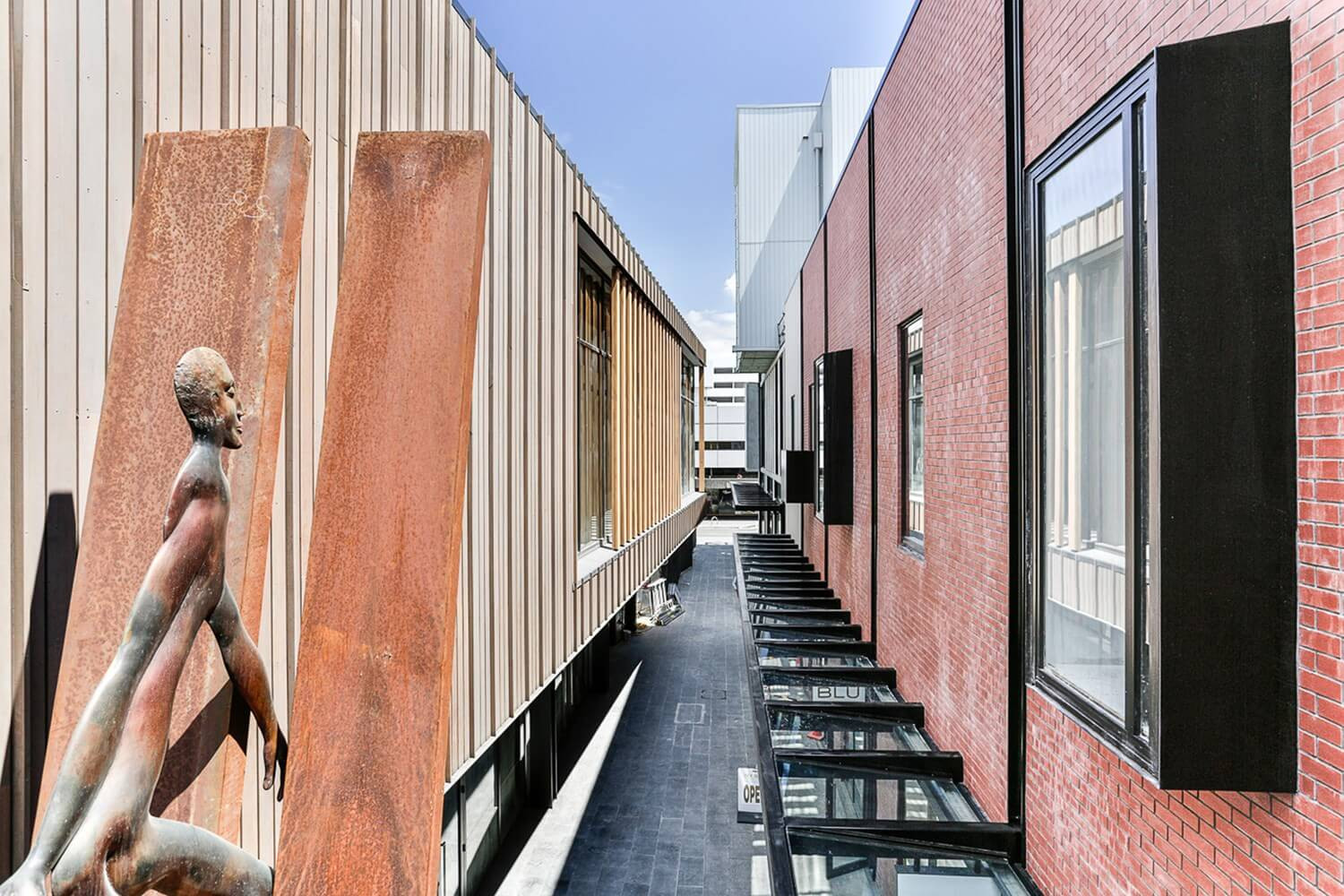
Long Horizon, 1999
Location: outside Ravenscar House Museum, 52 Rolleston Ave, Christchurch
Dibble has had an interest in figurative art throughout his career. In the late 1990s and early 2000s, Dibble produced a series of formalist studies of the human form reduced to simple mathematical shapes. These works are often referred to as “The Geometrics”, or “Hard Geometrics”, to distinguish them from more rounded forms developed later. Long Horizon is the pinnacle of the series, its simplicity and elegance defining it as one of Dibble’s most exquisite works.
There were a range of Long Horizons made over an extended period, from small models to some of enormous size. The proportions varied in the tip of the leg or the swing of the shoulders, as well as in the sizing.
Long Horizon has a strong emphasis on line. The horizontal shaping of the legs and shoulders act in synchrony with the landscape behind the artwork. The sculpture is perhaps best displayed when placed against the perfect line of the sea’s horizon.
What is magical about the sculpture is how, in simplicity, it reveals more gesture than could be found in realism. It is instantly understood to be a woman reclining. We recognize a leg, although it is reduced to a cone; a head, which is a sphere ball; and breasts, which are just the negative spaces of two simple holes in the torso. She leans in silent repose, legs stretched as if to catch the warmth of sunlight.
This Long Horizon, from 1999, was obtained by the Wakefield family from Gow Langsford Gallery in Auckland and, when first purchased, was displayed at their house in the Christchurch suburb of Sumner. Now, with other works from their collection, it is on display at Ravenscar House Museum.
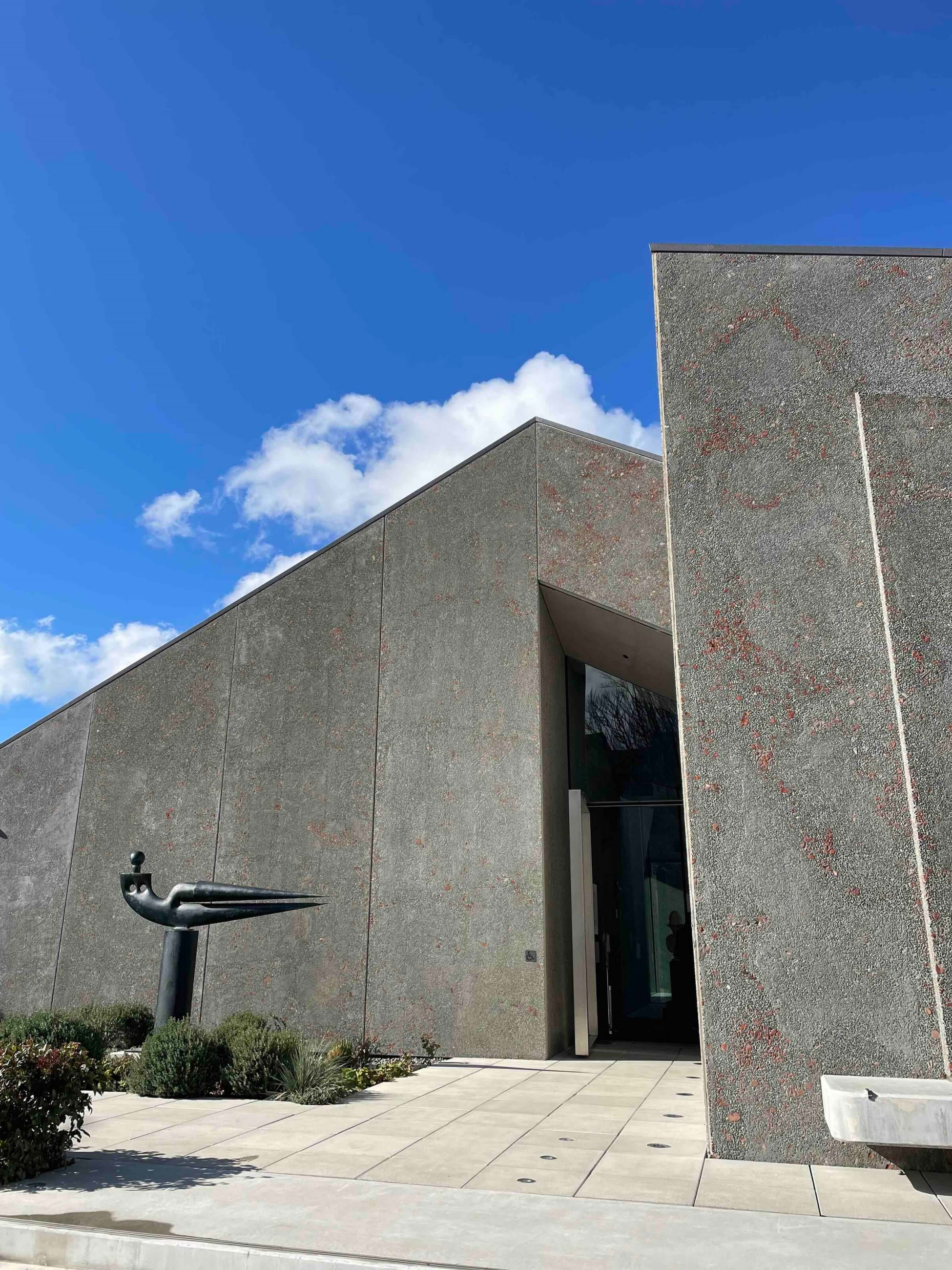
E Noho Rā de Chirico, 1995
NOT CURRENTLY ON SHOW
Location: outside the Robert McDougall Gallery, Christchurch Botanic Gardens, Rolleston Avenue, Christchurch
E Noho Rā De Chirico comes from a period when Dibble was exploring New Zealand’s unique position as a nation apart from Europe yet steeped in European art traditions.
In part it is a mockery of traditional European sculptures. For it is the drawing of a classical nude, suggested in the round, but from the side view we discover it is little more than a relief - undermining traditional modelling techniques, and more in keeping with South Pacific and Māori sculpting.
The elegant figure is paired with a large leaf shape, the apparently unrelated motif used for contrast, and not dissimilar to the mixing of unusual, unrelated imagery as seen in the metaphysical paintings produced by Italian artist Giorgio de Chirico in the early 1900s.
The work was first exhibited in an outdoor grouping where three large Dibble pieces were placed outside the City Gallery Wellington in Civic Square. It was purchased by the Robert McDougall Gallery, sited then within the Christchurch Botanic Gardens. It was an apt fit for the building, with even the empty prebuilt plinth structures either side of the columns being of a perfect size for the work’s display.
When the new Christchurch Art Gallery was built on Montreal Street, the work was moved to one side of the new building. Some ten years later the decision was made to move the work back to the original building. Currently this building is undergoing earthquake strengthening and installation of base isolators, so the sculpture is in storage.
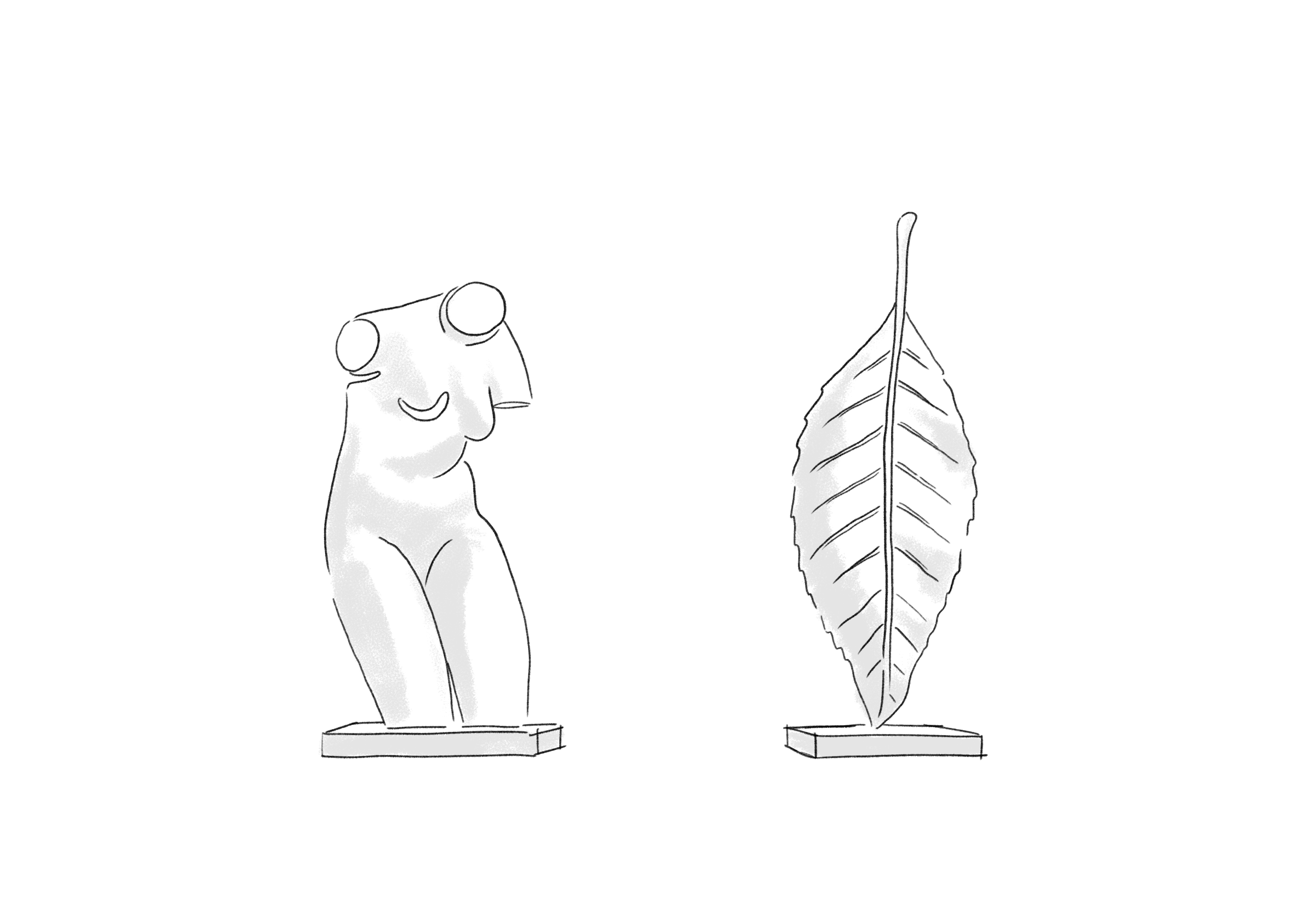
Free Flight, 2007
Location: outside Cookie Time Bakery Shop, 789 Main South Road Templeton, Christchurch
Commissioned by the Dyslexia Foundation, this sculpture is designed to reflect the dreams of speed and flight of Christchurch inventor and engineer, John Britten.
Britten, who was dyslexic, developed and built the world record-setting Britten racing motorcycle.
Dibble worked with Britten’s wife Kirsteen to design Free Flight, which stands in part as a memorial to her late husband.
The winged form of the sculpture is intended to signify speed, a shape that could be imagined as moving rapidly through space.
On one wing is a large B, in the style of the logo on Britten’s motorbikes, next to the words “the boy who could do better” - a quote from an old school report. On the other wing sits a globe with New Zealand at the top, signifying Britten’s success.
The sculpture was originally installed outside the Dyslexia Foundation headquarters on Worcester Boulevard, across from the Christchurch Arts Centre. After the Foundation vacated the premises, Free Flight was moved to its current location outside the Cookie Time Bakery Shop as part of a dyslexia discovery exhibit thanks in part to the Cookie Time Charitable Trust.
